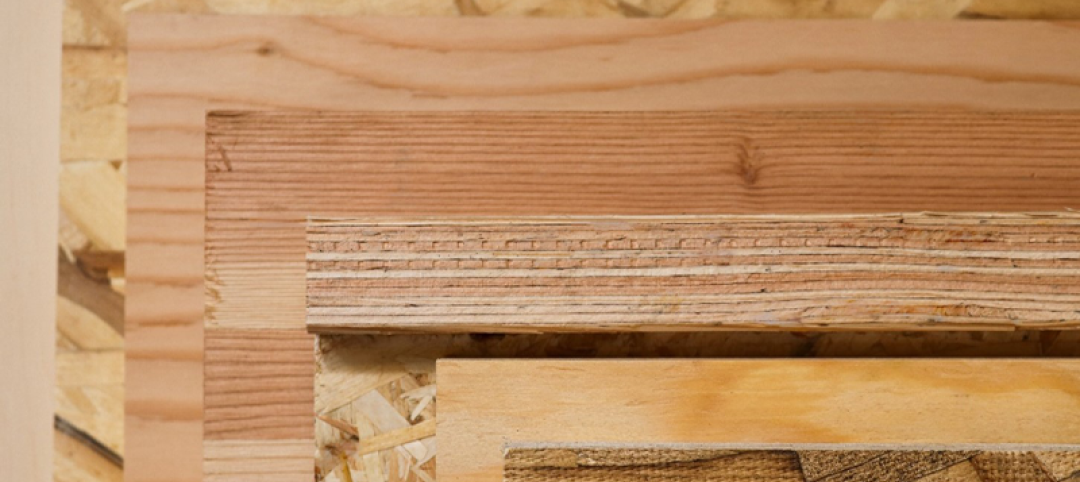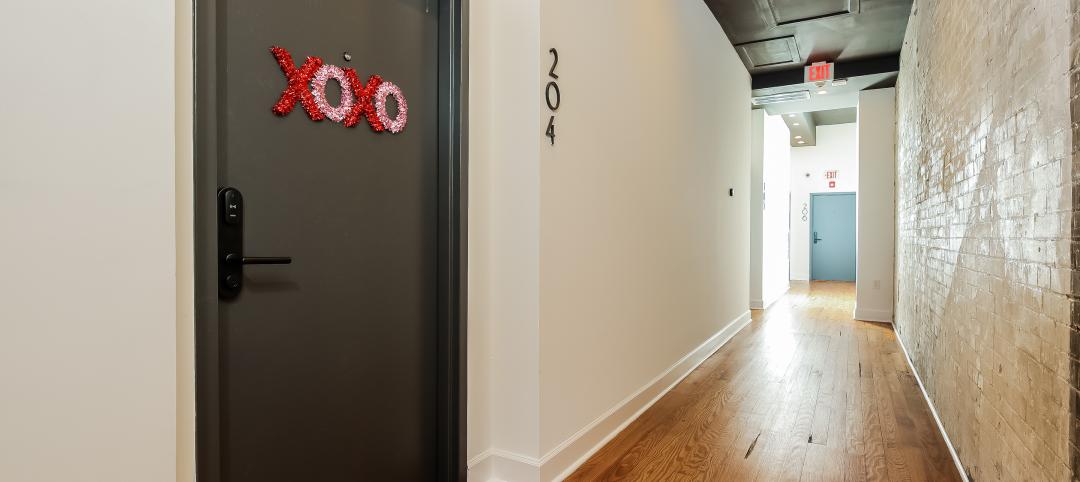Fannie Mae and 24 lenders that are part of an underwriting and servicing risk-sharing program provided $28.9 billion in financing for 446,000 units of multifamily housing in 2014. Fannie backstopped nearly all of those loans through its mortgage-backed securitization execution.
“It’s not just the volume that’s impressive, it’s the quality of the business,” said Hilary Provinse, Senior Vice President for Multifamily Customer Engagement, Fannie Mae. “We’re taking smart risks and winning the right deals” in what she described as an “incredibly competitive” market.
Fannie Mae’s Delegated Underwriting and Servicing (DUS) program has played a significant role in the multifamily housing market for 27 years. For 2014, Fannie singled out Bethesda, Md.-based commercial real estate finance company Walker & Dunlop, with 22 officers nationwide, as the lender in that program that produced the highest volumes of multifamily housing. Walker & Dunlop was followed by Wells Fargo Multifamily Capital, Berkadia Commercial Mortgage, CBRE Multifamily Capital, and PNC Real Estate.
Capital One Multifamily Finance was the DUS program’s leading producer for affordable multifamily housing. And KeyBank National Association’s lending produced the most seniors multifamily housing.
All told, the two government-sponsored enterprises, Fannie Mae and Freddie Mac, and its lenders provided $57.2 billion to finance the construction of more than 850,000 multifamily housing units.
Freddie’s $28.3 billion in multifamily volume was the second most in its history. CRBE Capital Markets was Freddie’s leading “Program Plus” seller for multifamily financing; Citibank produced the most affordable multifamily housing through this program; Walker & Dunlop the most very low-income units; and CRBE the most seniors housing.
Related Stories
Sponsored | Multifamily Housing | Sep 25, 2023
Six3Tile helps The Sherbert Group bring an abandoned Power House back to life
Cladding and Facade Systems | Sep 22, 2023
5 building façade products for your next multifamily project
A building's façade acts as a first impression of the contents within. For the multifamily sector, they have the potential to draw in tenants on aesthetics alone.
Sponsored | Multifamily Housing | Sep 21, 2023
5 Helpful Resources for Designing & Building with Engineered Wood
From in-depth, technical publications with detailed illustrations and examples to in-person consultations with engineered wood specialists, APA offers a host of helpful resources for commercial designers and installers working with engineered wood.
MFPRO+ Blog | Sep 21, 2023
The benefits of strategic multifamily housing repositioning
With the rapid increase in new multifamily housing developments, owners of existing assets face increasing competition. As their assets age and the number of new developments increases seemingly day-by-day, developers will inevitably have to find a way to stay relevant.
Mixed-Use | Sep 20, 2023
Tampa Bay Rays, Hines finalize deal for a stadium-anchored multiuse district in St. Petersburg, Fla.
The Tampa Bay Rays Major League Baseball team announced that it has reached an agreement with St. Petersburg and Pinellas County on a $6.5 billion, 86-acre mixed-use development that will include a new 30,000-seat ballpark and an array of office, housing, hotel, retail, and restaurant space totaling 8 million sf.
Engineers | Sep 15, 2023
NIST investigation of Champlain Towers South collapse indicates no sinkhole
Investigators from the National Institute of Standards and Technology (NIST) say they have found no evidence of underground voids on the site of the Champlain Towers South collapse, according to a new NIST report. The team of investigators have studied the site’s subsurface conditions to determine if sinkholes or excessive settling of the pile foundations might have caused the collapse.
MFPRO+ Research | Sep 11, 2023
Conversions of multifamily dwellings to ‘mansions’ leading to dwindling affordable stock
Small multifamily homes have historically provided inexpensive housing for renters and buyers, but developers have converted many of them in recent decades into larger, single-family units. This has worsened the affordable housing crisis, say researchers.
Adaptive Reuse | Aug 31, 2023
New York City creates team to accelerate office-to-residential conversions
New York City has a new Office Conversion Accelerator Team that provides a single point of contact within city government to help speed adaptive reuse projects. Projects that create 50 or more housing units from office buildings are eligible for this new program.
Multifamily Housing | Aug 24, 2023
A multifamily design for multigenerational living
KTGY’s Family Flat concept showcases the benefits of multigenerational living through a multifamily design lens.

















